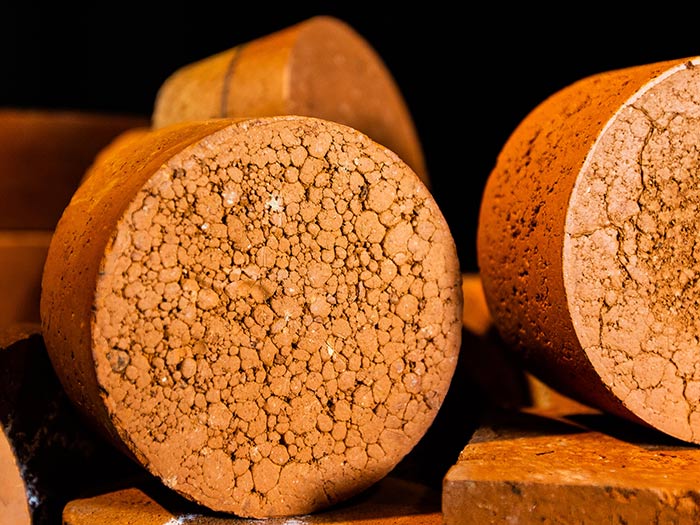
A team at RMIT University has discovered a new way to make bricks out of biosolids—the by-product of wastewater treatment processes that is commonly used as agriculture fertiliser.
Published in the January edition of the journal Buildings, the research outlined several benefits of making biosolids bricks. For one, approximately 30 percent of the world’s biosolids are currently stockpiled or sent to landfill, taking up valuable land and potentially emitting greenhouse gases. Recycling these biosolids and incorporating them into fired clay bricks would have a major impact on the efficiency of the wastewater treatment industry.
“About 5 million tonnes of the biosolids produced in Australia, New Zealand, the EU, US and Canada currently go to landfill or stockpiles each year. Using a minimum 15% biosolids content in 15% of bricks produced could use up this 5 million tonnes,” RMIT says.
At the same time, making biosolids bricks requires just half the energy—and a lot less resources—of conventional bricks.
“More than 3 billion cubic metres of clay soil is dug up each year for the global brickmaking industry, to produce about 1.5 trillion bricks,” Associate Professor Abbas Mohajerani, a civil engineer in RMIT’s School of Engineering and lead investigator of the project, said.
“Using biosolids in bricks could be the solution to these big environmental challenges.”
 Associate Professor Abbas Mohajerani with a biosolids brick.
Associate Professor Abbas Mohajerani with a biosolids brick.
As part of the study, the research team incorporated different proportions of biosolids—ranging from 10 to 25 percent—into fired clay bricks, and examined their physical, chemical and mechanical properties.
They found that the biosolids-enhanced bricks passed compressive strength tests, and were more porous than standard bricks, giving them lower thermal conductivity. This means they transfer less heat, which could contribute positively to a building’s performance.
However, further testing is needed before large-scale production is possible due to the significantly different chemical characteristics of biosolids.

